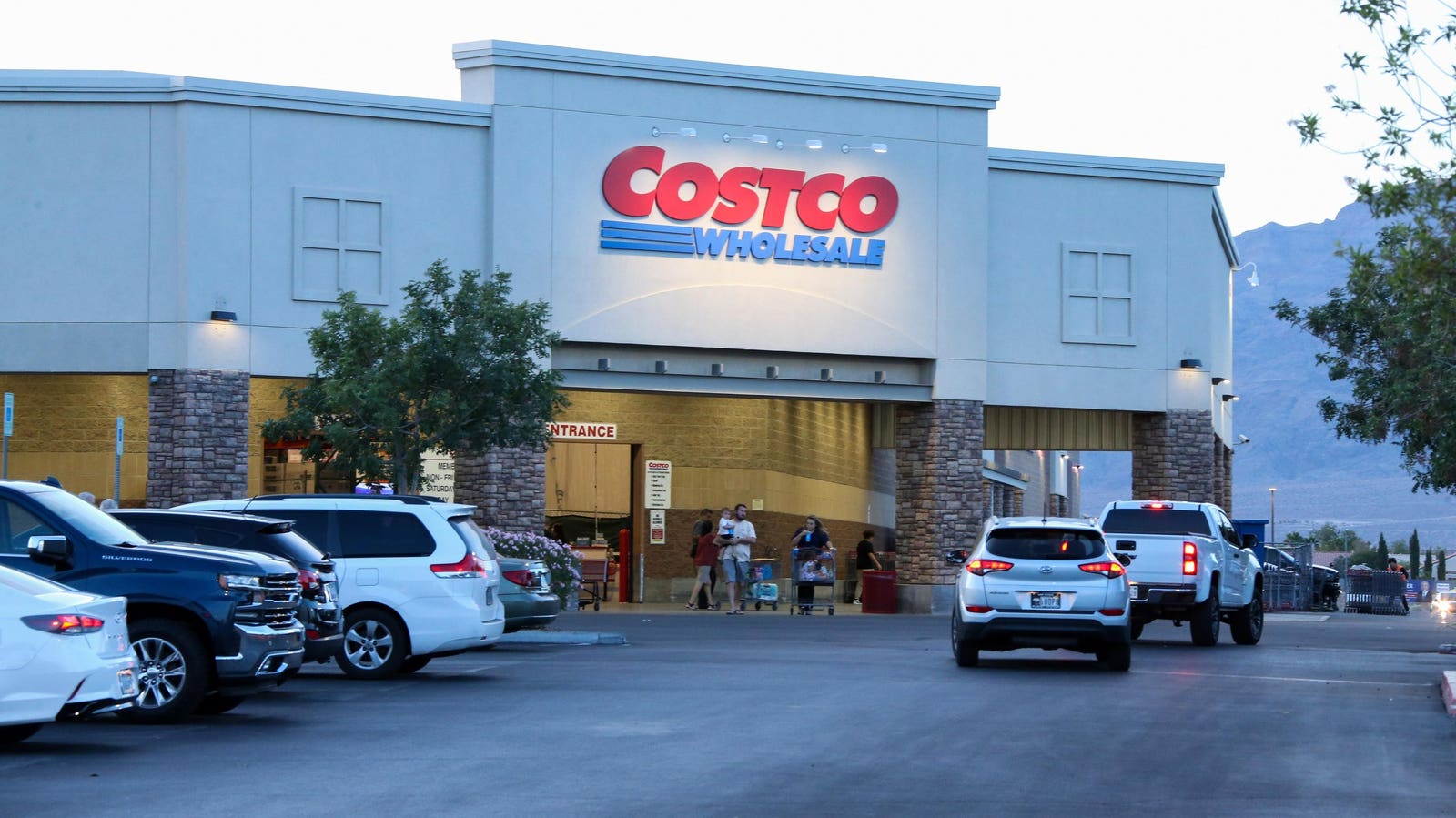The retailer’s hot dog combo remains cheap, but unfortunately I can’t say the same for its stock price
By Parker Schwartz, CFA
Summary
- Costco has an industry-leading growth rate and ROE.
- The price performance has been excellent, but it has led to valuation ratios being significantly higher than its peers.
- Costco is still a great company with a loyal customer base, but now would be a great time to take some profits.
Costco Wholesale Corp. (COST, Financial) has been an investing darling for as long as I can remember. It has also been a darling for shoppers as they have some of the strongest brand loyalty in the market. I know firsthand as I am a card-carrying member of its club and happily pay the membership fee every year to shop in its warehouses. No one can beat its rotisserie chickens, toilet paper and giant box of spinach.
This is not a shopping blog, so let’s jump into the company and stock. Costco has been performing wonderfully over the last 12 months, especially compared to its peers.
COST Data by GuruFocus
Its GF Score is also very high at 90 out of 100.
Let’s dive in to figure out what is driving this performance.
EPS growth is outpacing competition
Costco’s three-year growth rate of earnings per share without nonrecurring items was over 16%, which is better than most companies in its sector and the best in its peer group.
What has been driving this growth? I will examine revenue and then costs to figure out what is happening.
Revenue grew post-pandemic
Costco views itself as a single segment company, but it does break out revenue into something called “Core Merchandise Categories.” Here are those categories:
- Food and Sundries – These include sundries, dry grocery, candy, cooler, freezer, deli, liquor and tobacco.
- Fresh Foods – This includes meat, produce, service deli and bakery items.
- Warehouse Ancillary and Other Businesses – This includes gasoline, pharmacy, optical, food court, hearing aids, tires, business centers and travel.
- Membership Fees – Fees that members pay to gain access to Costco warehouses.
- Non-Foods – This is everything else that includes things like appliances, electronics, sporting goods, toys, apparel, furniture, housewares and jewelry (and much more).
Below is a chart showing the sales growth in each of these categories going back the last few years. Please note that the fourth quarter (quarter ending in August) is longer than the other quarters, which is why there is a jump.
The growth is positive but has been declining slightly each quarter. The only exception was in the Warehouse Ancillary and Other Businesses Segment, where the growth rate plummeted from highs in 2022 (this is not in the chart to make it more readable for the other segments). This was largely due to increased travel in 2022 compared to 2021 as Covid-19 travel restrictions were lifted worldwide.
Is Costco growing by adding warehouses or by increasing revenue in its existing locations? The chart below shows that most of the revenue growth is from existing warehouses rather than opening new locations.
This is great as it shows Costco is able to grow organically. However, sales, while still positive, are growing less than a few years ago. Analysts are expecting positive sales growth going forward.
COST Data by GuruFocus
However, they also expect growth to be slightly above 5%, which continues the worrying trend of a declining growth rate.
Costs are steadily rising with revenue
Costco breaks up its operating costs into merchandise costs and selling, general and administrative. Merchandise costs are the costs associated with purchasing the products that are sold in its warehouses. Selling, general and administrative are the costs associated with running the warehouses, such as salaries and benefits paid to employees, marketing expenses or utilities.
Over the last few years, the operating expense as a percentage of sales has been very stable. Merchandise expenses hover around 87% of revenue while SG&A is between 8% and 9%.
Operating income is increasing, but volatile
Growing revenue with a commensurate increase in costs will lead to an increase in operating income, which Costco has done the last few years.
However, revenue growing at differing rates each quarter has led to operating income growth being all over the place. This is not necessarily a bad thing. I would certainly prefer volatile positive growth over stable negative growth. Even with the volatility, Costco has led its peer group in Ebitda growth over the last few years.
ROE is one of the highest in the industry
Costco’s return on equity is one of the major selling points for investors Currently, it is higher than almost 90% of other companies in the industry and 3 times higher than the industry median.
Using the five-step Dupont analysis can provide more information on why the company’s ROE is so high.
Costco’s net margin is low at just shy of 3%. However, retail is an industry with really tight margins, so it is actually better than the industry median.
We do not have an industry-level equity multiplier, but we can use the equity-to-asset ratio as a proxy since that is just the inverse of the equity multiplier. Here, Costco is a little behind the industry median, but it is not so far off to be a cause for concern.
Where Costco really stands out is asset turnover. Compared to its peers, the retailer is way ahead of everyone else with an asset turnover that is 20% higher than second place, BJ’s Wholesale (BJ, Financial).
This all sounds great, so what is the problem?
Valuation ratios are at all-time highs
Costco’s valuation ratios are screaming overvalued at the moment. Just pick one out of a hat, throw it in a chart and you will see it is near anall-time high. Below is a chart showing the price-earnings ratio and it is not pretty.
COST Data by GuruFocus
Compared to its peers, Costco’s price-earnings ratio is significantly higher at 3 times the industry median.
The PEG ratio, which incorporates expected growth, is not any better, and is also 3 times the industry median.
To put all of this into perspective, Costco’s current price-earnings ratio is higher than Microsoft (MSFT, Financial), Alphabet (GOOG, Financial) and Apple (AAPL, Financial) and has a similar price-earnings ratio to Tesla (TSLA, Financial) and Amazon (AMZN, Financial). Costco is great, but its growth prospects are not even close to these other companies.
The company’s price-earnings ratio over the last 10 years has averaged around 33. Costco’s management does not issue guidance, so I will use analyst estimates instead. Analysts are expecting earnings per share of $16.24 for fiscal year 2025. Multipling 33 by that EPS gives a target price of $535, which is significantly below current price levels.
Time to take some profits
Costco’s growth has been impressive. Throw in an industry-leading ROE with incredible brand loyalty and the company looks like a slam dunk for investors.
However, the price movement has gone a little crazy the last couple of years and valuation ratios are way too high. If I was looking to invest in Costco, I would sit on the sidelines and wait for the price to come back down to Earth. If you already are a Costco investor, it probably makes sense to sell some shares and lock in those profits.
Disclosures
I/we have no positions in any stocks mentioned, and have no plans to buy any new positions in the stocks mentioned within the next 72 hours.
Read the full article here

















